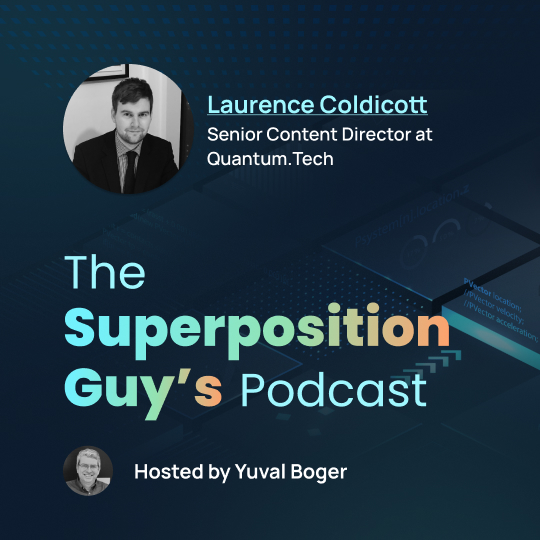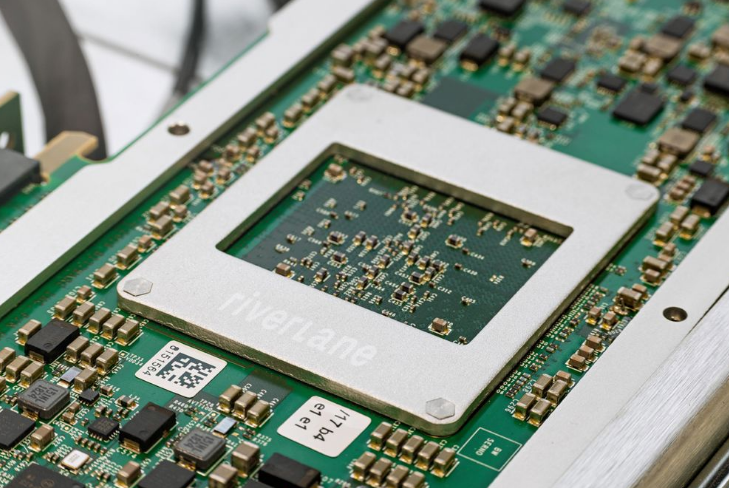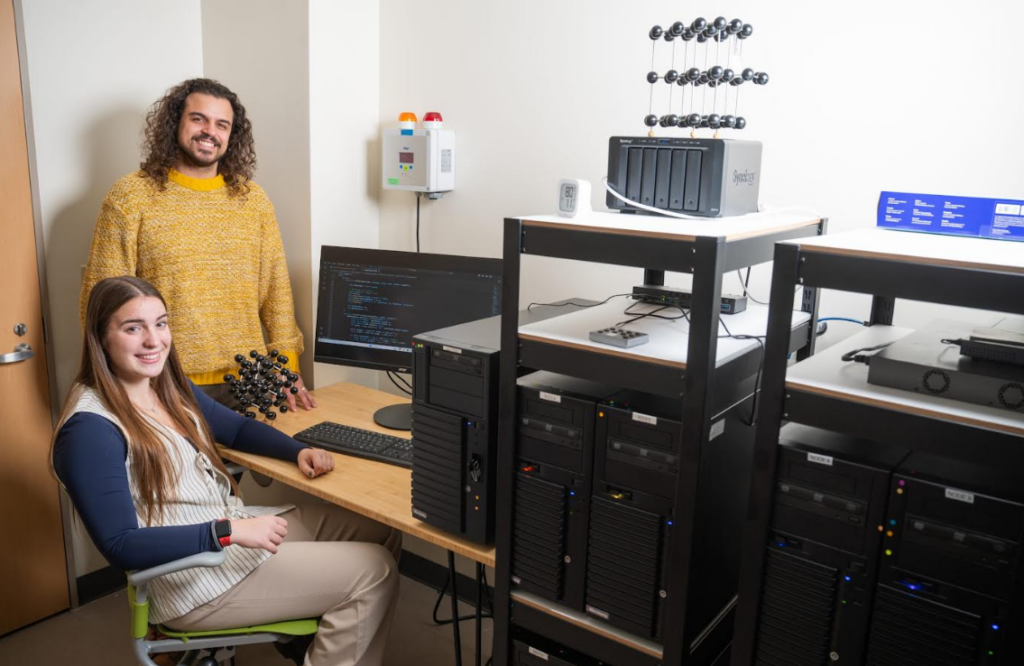Insider Brief:
- The University of Strathclyde, National Physical Laboratory (NPL), and Quantum Motion are collaborating through the EPSRC Prosperity Partnership to address thermal challenges in quantum computing by improving cryogenic electronics.
- The FIRETRACE project focuses on developing tools to measure and model the thermal behavior of cryogenic electronics and integrating CMOS-based components to enhance scalability and signal processing efficiency in quantum systems.
- The partnership will also support workforce development by training future quantum engineers through the Centre for Doctoral Training in Applied Quantum Technologies at Strathclyde.
PRESS RELEASE — In a recent post, the University of Strathclyde announced a partnership with the National Physical Laboratory and Quantum Motion in a Prosperity Partnership centered around addressing thermal challenges within quantum computing. This collaboration, supported by the UKRI Engineering and Physical Sciences Research Council’s (EPSRC) Prosperity Partnership scheme and co-funded by Quantum Motion, targets difficulties in operating quantum control electronics in extremely low-temperature environments.
Many quantum computing systems, such as those using superconducting qubits, require cryogenic environments near absolute zero, maintained by devices known as cryostats. These systems rely on control electronics to send and process signals. However, much of this infrastructure currently operates at room temperature, creating challenges when transmitting signals into the vacuum-tight, ultra-cold cryostats. A primary concern is thermal effects, such as heat generated by control electronics, which can destabilize the cryogenic environment and degrade quantum device performance.
THE FIRETRACE PROJECT: BUILDING TOOLS FOR CRYOGENIC ELECTRONICS

The three-year FIRETRACE project is intended to develop advanced tools for measuring and modeling the thermal behavior of cryogenic electronics, which is a first step toward integrating these components with quantum devices. Through CMOS technology—the same manufacturing technique used in conventional silicon chips—the project will work towards designing cryogenic electronic components that improve scalability and signal processing efficiency in quantum computing.
Grayson Noah, Lead Integrated Circuit Validation Engineer at Quantum Motion, highlighted the importance of addressing thermal challenges: “Performing cryogenic device characterization is like piecing together a puzzle. As we’ve completed more pieces of that puzzle, it has become clear that one of the largest chunks still missing lies in precisely the thermal aspects we plan to uncover in this project. I can’t wait to tackle these alongside this strong team of collaborators.”
WORKFORCE DEVELOPMENT IN QUANTUM TECHNOLOGIES
FIRETRACE is not only advancing technical solutions but is also investing in workforce development. The project supports the Centre for Doctoral Training in Applied Quantum Technologies at Strathclyde, fostering the next generation of quantum engineers.
As reported in the release, Dr. Alessandro Rossi, UKRI Future Leaders Fellow and Principal Investigator at the Semiconductor Quantum Electronics (SEQUEL) Lab at Strathclyde, emphasized the value of the partnership: “This collaboration is a great opportunity for Strathclyde to work alongside business leaders in semiconductor quantum technology. Besides developing new cutting-edge techniques to design and validate cryogenic electronics for quantum applications, the partnership will help train our students in becoming the quantum engineers of tomorrow.”
POTENTIAL OUTCOMES AND BROADER IMPLICATIONS
As reported in the release, the outcomes of FIRETRACE are expected to provide a foundation for future innovations, such as multi-channel amplifier chips, fast-switching qubit systems, and advanced thermal management techniques. These developments are essential for addressing the scalability challenges of CMOS technology in quantum computing.
The EPSRC Prosperity Partnership scheme is designed to create collaborations between academic institutions and industry, supporting business-led research that addresses significant industrial challenges. Through the FIRETRACE project, Strathclyde, NPL, and Quantum Motion intend to deliver practical solutions to the thermal and scalability issues that have hindered the progress of quantum computing.
















